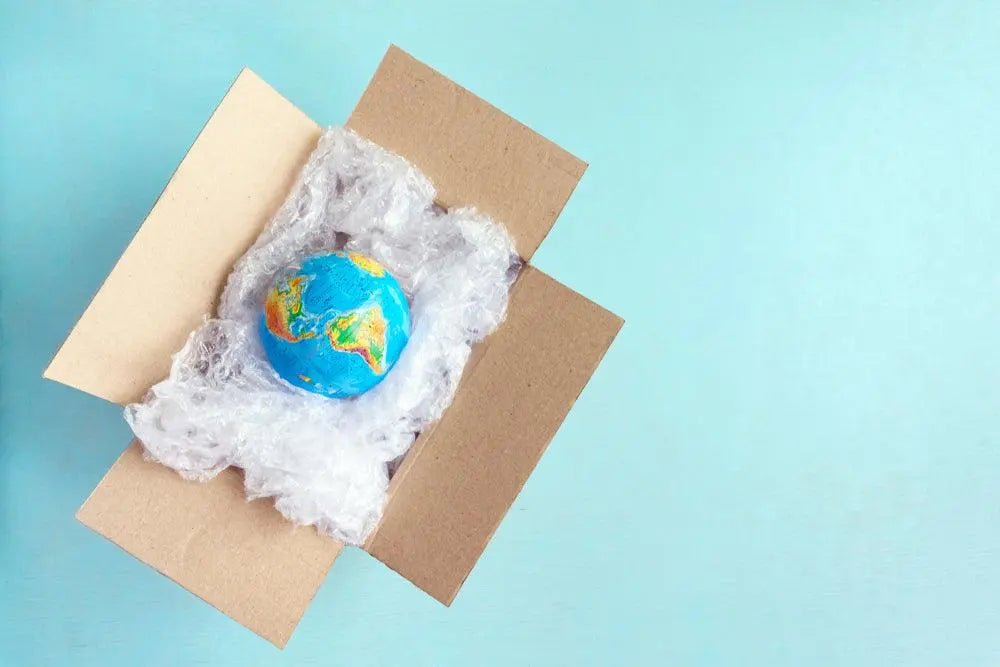Protecting packages for your clients is essential if you want to receive good reviews and retain them as customers. For example, when you secure food and IT products, you want to ensure it reaches the recipients in one piece. However, you also need to consider the effect that packaging waste material is having on the environment.
Packaging is used for a wide variety of products, from food to electronics. While it is undoubtedly important, packaging can also be wasteful. In this article, we’ll look at how the material can be wasteful, the benefits of reducing the waste, and ways that you can provide eco-friendly packaging in Singapore.
How wasteful is packaging?
Did you know that Singapore has seen an increase in packaging waste since 2020 when the demand for online deliveries increased? This is made up of mostly plastics and cardboard, filling up Semakau Island landfill site over the last two years. In fact, there will be no space left by 2035 if this practice continues.
The National Environment Agency reports that at least one-third of Singapore’s domestic waste is a result of packaging that’s not eco-friendly. As a result of this, producers of packaged products will need to start reporting on the type of material they use to secure their products. It’s time to change the face of the industry and move towards less harmful resources.
Benefits of reducing packaging waste
Here are a few benefits to consider towards reducing waste in your company.
1. Prolongs the landfill lifespan
With the growing strain on the Semakau Island landfill site, every effort to reduce packaging waste in Singapore counts. Many businesses underestimate how much they can do simply by switching to more eco-friendly materials. Once the space runs out, there will be no more place to put more waste, and it will incur massive costs to establish another area.
The good news is, some eco-friendly packaging materials are biodegradable so they won't harm the environment if they end up in landfills.
2. Complying with packaging regulations
With the National Environment Agency becoming stricter on what packaging retailers may use, even e-commerce businesses, it’s better if you move in line with the latest requirements. You’ll need to start reporting on the material you use in Singapore to show how you are reducing the effect on the environment.
3. Responding to pressure from stakeholders
Your target market and stakeholders may be paying attention to what packaging material you use. As society becomes increasingly sustainability-minded, opting for environmentally friendly products sends a strong message about your company's values. Businesses that make the effort to go green not only benefit the environment, but can also attract new customers who are interested in supporting eco-friendly businesses. With the right move, you can promote your company as being sustainable.
So what can be used instead of plastic packaging?
Green packaging is becoming more and more popular among businesses as people become more conscientious of their environmental impact. One of the top packaging materials you can use instead of plastic is corrugated cardboard. Not only does it come in a variety of sizes, but the hard material is also friendly to the environment and reusable. This type of box is also suitable for packaging fragile items.
You can also use foam peanuts to protect the contents inside the box. They’re completely reusable, which means your customers can use it again for their own purposes.
Even though changing your packaging material seems daunting, there are still ways you can personalise it for your customers. We have plenty more earth-friendly packaging solutions here at MillionParcel. Feel free to contact us to discuss your needs.






Leave a comment
This site is protected by hCaptcha and the hCaptcha Privacy Policy and Terms of Service apply.